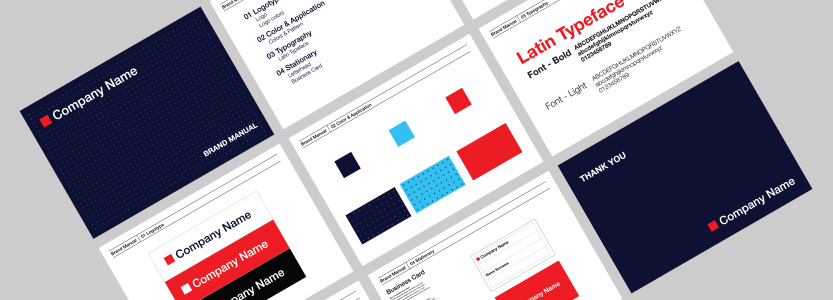Mark my words, if your role covers digital marketing communications, then briefing an agency is one of the most important things you do.
The result of a better brief is that the right work is delivered faster, more cost effectively and you instantly get the utmost respect from your agency colleagues. But most importantly it determines the output you get back.
This is why we, along with the industry as a whole, have seen a massive shift in the importance of the brief, including an unwritten rule (and in some instances written firmly in the contract) that work will simply not start until a full brief has been provided.
So, yes, we’ve come a long way as an industry to understand briefs are needed and essential to the success of a project. However, what we’re not so good at is educating clients on what to actually put in them. We agency folk are quick to criticise a bad brief, but a lot of the time, clients aren’t guided, advised or prompted to provide the right detail.
In digital marketing, whether it’s briefing something as big as a brand-new website redesign or something as small as a social media post, the same core principles of briefing apply.
- Be clear about what is needed
- Provide the critical information necessary to complete the task
Ideally a brief will cover the following:
- Where are we now?
- Where do we want to be?
- What are we doing to get there?
- Who do we need to talk to?
- How will we know when we have arrived?
Here’s the format and structure we use with descriptions for each section:

1. Introduction
Background; Marketing / Sales Objectives; Brand; Previous Learning
Background
Imagine the recipient of the brief knows nothing about you. This section is your opportunity to set the tone for your brief. Set the scene with one or two paragraphs that summarise who you are and some general information about your business.
Brand
This might include any existing work you have done around your brand, including brand values, proposition and personality – what is your Unique Selling Point (USP) versus your competitors. Even if this isn’t documented, how would you communicate this?
Marketing or Sales Objectives
Provide some background on the business and marketing context around the project. For example, how it has come about and what you’re looking to achieve with it as an organisation. You could include a business case here if one exists.
Previous Learnings
Sometimes overlooked, it’s good to know any previous learnings that you or colleagues may have. Even if it was a failure, this will all help with the direction of this project, what has previously been attempted, what worked and what didn’t work.

2. Strategy
Objectives; Audience; Insights; Key Message / Proposition
Objectives
Here we want to understand your campaign objectives or as the dictionary so rightly puts it: something that one’s efforts or actions are intended to attain or accomplish. These would typically be expressed as communication imperatives / challenges / barriers.
Audience
You know your audience better than anybody. Reveal all on who you’re targeting by way of demographics but also attitudes, behaviours or other motivators that might be useful for the brief recipient.
Insights
Consumer insights are useful here, ideally linked to the objectives. Is there amy market research or data you can share that will help us understand your audience and what will influence their behaviour?
Key Message / Proposition
Your USP – what is your key message and proposition here. If there was one thing you wanted to say, what would this be.

3. Implementation
Timings / Key Dates; Budget; Response Mechanisms; Goals; Guidelines; Approvals
Timings / Key Dates
Timings aren’t always forthcoming from clients but it’s always good to know if there’s an ideal date we’re targeting. OK, the date might not always be achievable, but it’s a starting point. Once an end date is decided we can work backwards from there with all key milestones.
Budget
Again, like timings, it can end up being the agency who proposes a budget rather than a client. However, a budget in a brief is extremely beneficial so everybody knows where they stand from the off. From our experience, there can sometimes be a lot of time wasted here, when the budget has been decided all along.
Response Mechanisms
What do you want back to move this process along more efficiently? You might have a format you prefer or an expectation on the detail required. Anything that can help you present what is provided with the rest of your team is useful to know here.
Channels
This would preferably come from the agency based on the brief BUT you might have some channels to market you’d prefer to use. For example, do you see this campaign using social media, email or is this just a website campaign?
Goals
What does success look like? Your Key Performance Indicators (KPIs) are critical to know up front as everything will work towards this. One of the benefits of digital is measurement is easily accessible in real-time using analytical tools. However, this data becomes meaningless unless the right goals are set at the start.
Guidelines
Are there any considerations to be aware of specific to the project, your business or the industry as a whole? This could include industry rules or codes, as well as things that are important to know specific to your business.
Approvals
Finally, who are we speaking to? We need to know who our primary contact is…or will be. But also other opinion formers including the people who hold the purse strings, the decision makers and/or others who will have a say on the project.